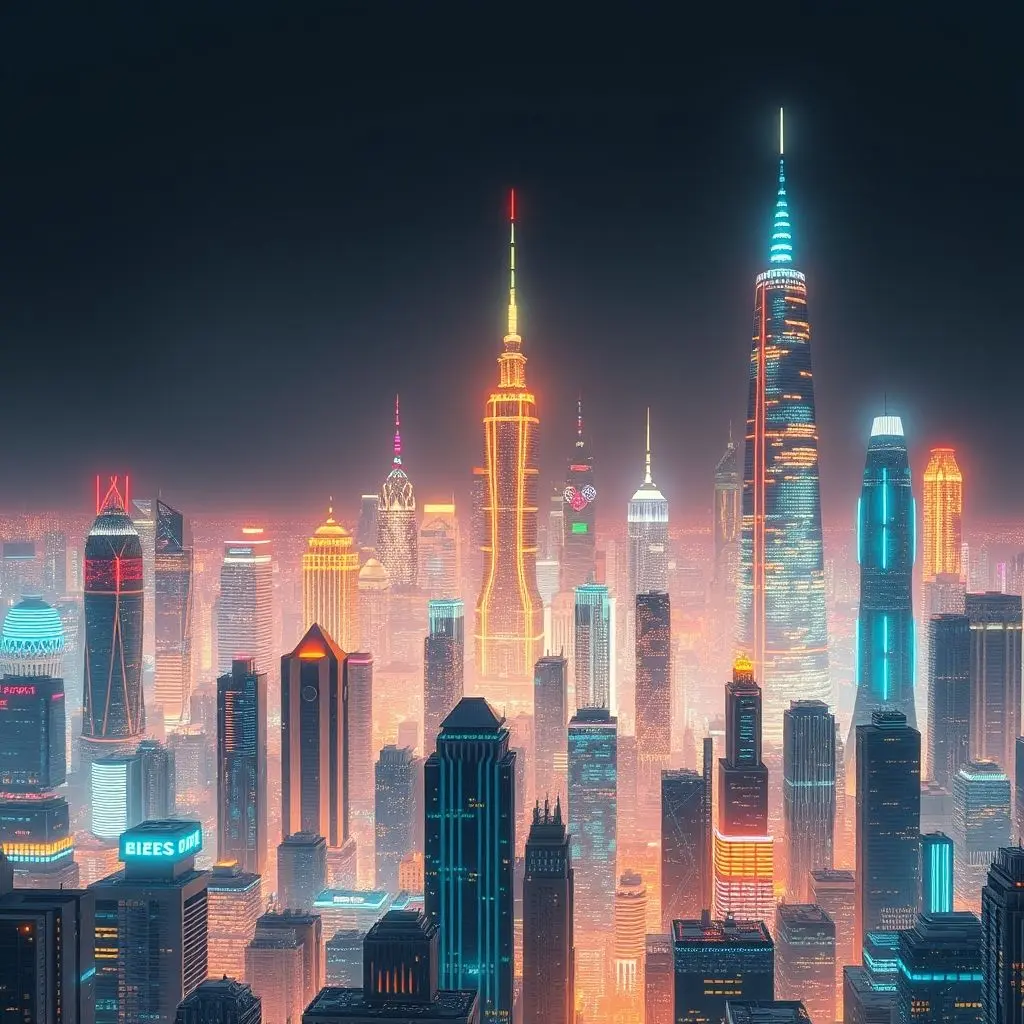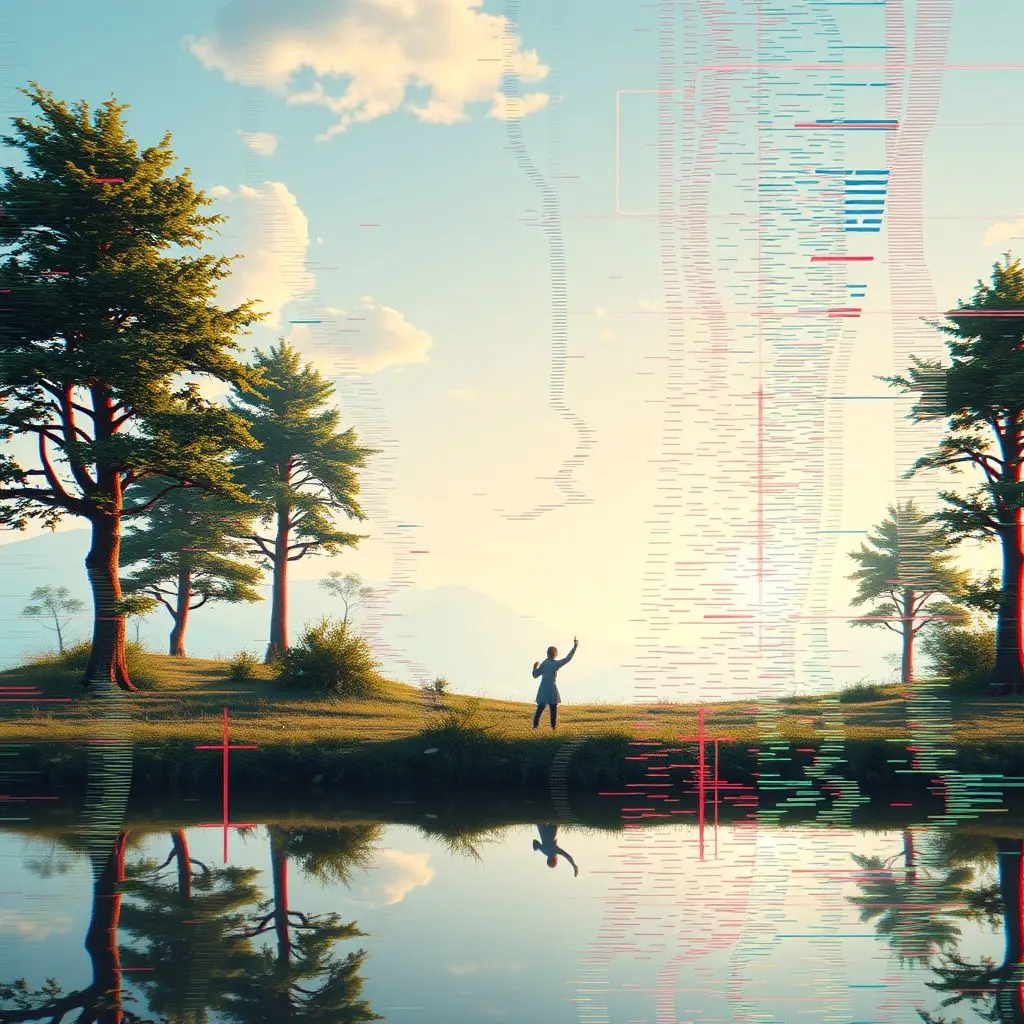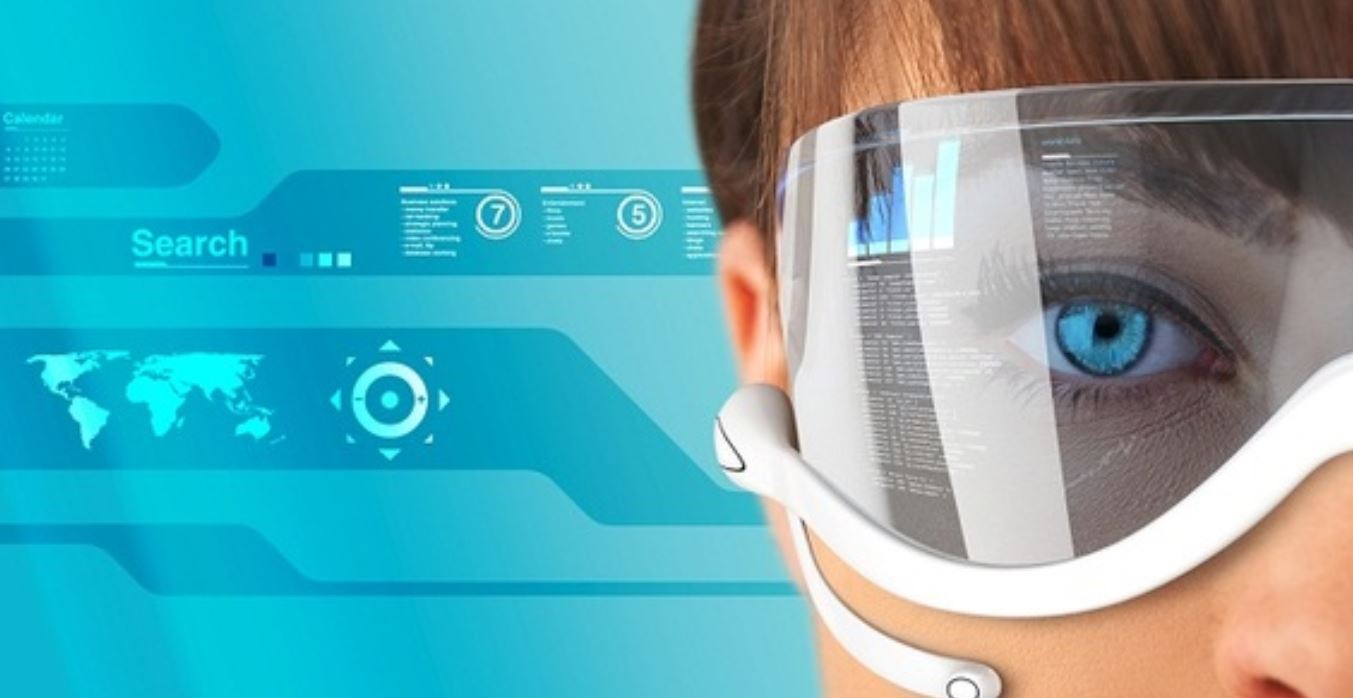Imagine hitting snooze on your physical body… forever. Picture waking up not to a blaring alarm clock in a dreary room, but seamlessly immersed in a world crafted by pure imagination. This isn’t just the stuff of science fiction blockbusters; it’s a fascinating hypothetical scenario gaining traction as our digital lives become increasingly integrated with reality.
What if your entire existence – your career, your social circle, even the very essence of who you are – existed solely within the realm of ones and zeros? We’re talking about a future where the limitations of the physical world melt away, replaced by boundless potential. Build sprawling digital empires with a thought, explore landscapes that defy the laws of physics, or simply hang out with friends who might be thousands of miles away in the ‘real’ world, yet feel right next to you in the ‘virtual’ one.
It sounds exhilarating, right? Like a video game with infinite levels and no reset button. But this contemplation goes far beyond mere entertainment. It prompts deep questions about the nature of identity, community, progress, and ultimately, what it truly means to *live*.
Before we plunge deeper into this rabbit hole, take a moment to ponder this mind-bending concept. If your brain feels like it just did a full system reboot trying to process it all, you’re not alone. We recently touched upon this idea in a quick burst of thought:
This isn’t just about playing games; it’s about potentially *relocating* consciousness and experience. So, let’s explore what a life lived entirely online might actually entail.
Table of Contents
The Allure of the Digital Realm: Infinite Possibilities?
The primary draw of an existence solely within virtuality is the promise of liberation from physical constraints. Gravity? Optional. Distance? Irrelevant. The limitations of your physical form? A distant memory.
In a purely virtual world, your capabilities could be limited only by the code that governs it or your own imagination within those parameters. Want to fly? Just think it. Want to build a mansion on a cloud? Design it. Want to be an intergalactic explorer, a mythical creature, or a digital architect? Your avatar is your canvas, and the world is your playground.
This isn’t just about personal freedom; it could reshape industries, economies, and societies. Digital work could involve collaborating in shared virtual spaces that adapt instantly to project needs. Education could take place in immersive historical simulations or abstract conceptual landscapes. Art could be experienced not just visually or audibly, but through simulated touch and even entirely new digital senses.

The concept of wealth and property would also transform. Digital real estate, unique digital assets (NFTs?), and services performed within the virtual economy would hold tangible value, potentially eclipsing physical wealth for those living primarily online. This opens up fascinating, and sometimes concerning, questions about scarcity, ownership, and inequality within these new dimensions.
Connections: Are Digital Bonds as Strong?
Human connection is fundamental. In a world where physical interaction is replaced by digital presence, could relationships retain their depth and meaning?
Consider online gaming communities, virtual reality social platforms, and even long-distance video calls today. Many people form strong, meaningful bonds through purely digital means. They share experiences, offer support, build trust, and develop genuine friendships and relationships. In a sophisticated virtual world, avatars could convey nuanced expressions, body language (digitally simulated), and voice, making interactions feel incredibly real and present.
The shared experiences within a virtual world – tackling challenges together, exploring new vistas, co-creating content – could forge bonds just as powerful, if not more so, than those formed through shared physical activities. Proximity would no longer be a barrier, potentially allowing for truly global communities based on shared interests and values rather than geographical location.
![]()
However, there’s an inherent difference in the *modality* of the connection. While digital interactions can stimulate emotional responses, they lack the myriad subtle cues of physical presence – the shared air, the involuntary micro-expressions, the serendipitous physical encounters. Whether our brains and bodies would fully adapt to perceive digital presence as equivalent to physical presence remains a complex question, possibly varying from person to person.
Living vs. Playing: Drawing the Line
The distinction between ‘playing’ in a virtual world and ‘living’ in one is crucial. Playing implies a temporary escape, a diversion from a primary reality. Living implies permanence, the place where your consciousness resides, where your fundamental needs (digital ones, at least) are met, and where your identity primarily exists.
If you spend the majority of your time, perform your work, nurture your relationships, and build your identity within a simulation, is it not, for all intents and purposes, your reality? The line blurs significantly when the simulation becomes the primary locus of your experience.
This hypothetical future isn’t just about advanced VR headsets; it implies a level of technological integration where the virtual environment is indistinguishable from physical reality to the user’s senses, and potentially where individuals choose or are forced to spend their entire conscious existence.

The World Left Behind: An Empty Shell?
This is perhaps the most sobering aspect of the scenario. If a significant portion, or even the entirety, of humanity chooses or transitions to a purely virtual existence, what becomes of the physical world?
Resource management, infrastructure maintenance, environmental stewardship – who handles these critical tasks? Would highly advanced AI and automation be left to manage the planet, potentially turning it into a pristine nature reserve or, conversely, allowing it to decay without human oversight?

And what about those who cannot or choose not to transition? Would they be left in a sparsely populated, potentially crumbling physical reality, dependent on the virtual inhabitants for resources or ignored entirely? The digital divide, already a concern today, could become an unbridgeable chasm between dimensions of existence.
Is a Perfect Simulation Truly Living?
This is the core philosophical dilemma. If a virtual world can perfectly replicate sensory input, emotional responses, and complex interactions, is it equivalent to physical reality? If our consciousness experiences it as real, does its underlying nature (physical vs. digital) truly matter?
Arguments against this being ‘true’ living often center on the lack of genuine physical stakes. Can you feel true pain if it’s just a simulated sensation? Can accomplishments feel truly meaningful if they only exist within a closed system? What about the unpredictable randomness of the physical world, the messy imperfections that often lead to growth and discovery? A simulation, no matter how complex, might still operate on rules and parameters, potentially lacking the fundamental ‘rawness’ of physical existence.
Conversely, proponents might argue that ‘living’ is fundamentally about conscious experience. If the virtual world provides rich, varied, and meaningful experiences – joy, sorrow, love, challenge, accomplishment – then it is indeed living, regardless of the medium. Perhaps the brain doesn’t distinguish between a perfectly simulated stimulus and a ‘real’ one; experience is simply the result of neural activity.
This question touches upon simulation hypothesis theories and the very definition of consciousness and reality itself. There are no easy answers, only fascinating possibilities to explore.
Approaches and Potential Downsides
How might such a transition even occur? It’s likely a gradual process, building upon current VR/AR technologies, neural interfaces, and sophisticated AI. The concept of brain-computer interfaces (BCI) is key here, potentially allowing for seamless immersion by directly interfacing with the nervous system.
However, the downsides are significant:
- Psychological Impact: What happens to mental health when reality is malleable and consequences can be ‘reloaded’? Could it lead to dissociation, existential crises, or a loss of coping skills for genuine hardship?
- Physical Degeneration: A lack of physical activity and interaction with the material world could lead to severe physical health issues for the body left behind, requiring complex life support or a fundamental biological shift.
- Control and Surveillance: A centralized virtual existence could grant unprecedented power to the creators or controllers of the simulation, raising terrifying possibilities for surveillance, censorship, and manipulation.
- Resource Drain: Maintaining vast, complex simulations and the infrastructure to support conscious minds requires immense energy and resources from the physical world.
- Existential Risk: What if the system crashes? A bug, a power failure, or a malicious attack could potentially erase entire lives and histories.

Frequently Asked Questions about Virtual Existence
Q: Is this technologically possible in the near future?
A: A full, seamless, lifelong transition into a perfect virtual world is currently science fiction. While technologies like VR, AR, and BCI are developing rapidly, achieving the level of fidelity and direct neural integration required for a complete replacement of physical reality is likely decades, perhaps centuries, away, if ever achievable or desirable on a mass scale.
Q: Would we still need our physical bodies?
A: In most hypothetical scenarios involving full immersion, the physical body would still be necessary to house the brain, which is the seat of consciousness. It would likely require significant medical and technological support to keep it alive and healthy without conscious interaction or movement. More advanced concepts involve uploading consciousness, which is even further into speculative territory.
Q: Who would create and control these virtual worlds?
A: This is a critical question. It could be massive corporations, decentralized autonomous organizations (DAOs), governments, or even individuals. The controllers of these worlds would hold immense power, making governance, ethics, and accessibility paramount concerns.
Q: What happens if you ‘die’ in the virtual world?
A: This depends on the design of the simulation. It could mean simply respawning, losing progress, or in extreme scenarios, if the simulation is tied directly to consciousness, it could potentially impact the physical brain, though this is highly speculative.
A New Dawn or a Digital Cage?
The prospect of living entirely within virtual worlds presents a future filled with both intoxicating freedom and profound challenges. It could be a new golden age of creativity, connection, and experience, or it could be a form of digital escapism that leads to the neglect of our physical home and the devaluation of tangible reality.
As we continue to build the technological foundations that might one day make such a future possible, it’s crucial to engage in these conversations now. What kind of virtual worlds do we want to build? What ethical guardrails need to be in place? What is the relationship we want to maintain with the physical world? Because the interface isn’t just between human and machine; it’s between our present reality and a potential future that could redefine what it means to be human.




